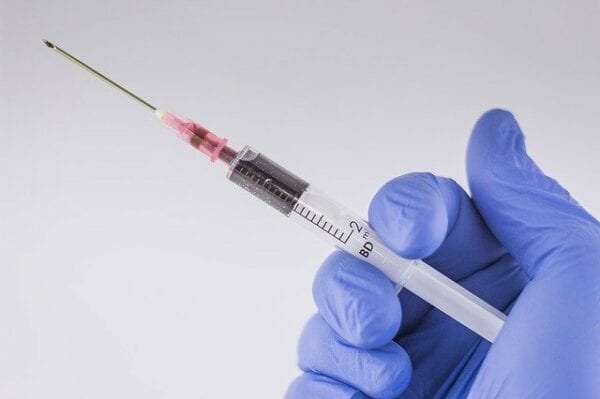The human body requires sufficient iron to produce red blood cells, which are vital for transporting oxygen to tissues. Without sufficient iron, individuals can develop iron deficiency anemia. Oral products are commonly used for mild deficiency. If the deficiency is severe enough, or if the patient has lost a lot of blood, IV iron products may be necessary. Additionally, the use of IV iron may prevent the need for blood transfusions, which may prevent possible complications. Here, we outline a comparison of IV iron products.
There are several iron replacement products that can be given intravenously. The most common include ferric carboxymaltose (Injectafer), ferric gluconate (Ferrlecit), ferumoxytol (Feraheme), iron sucrose (Venofer), and low molecular weight iron dextran (INFeD).
Ferric carboxymaltose contains 50mg of elemental iron per mL. It is generally given as one dose of 750mg, which can be repeated in 7 days if necessary. Given that it only requires one or two doses, it is a more convenient option for outpatients requiring IV iron replacement. However, ferric carboxymaltose is one of the most expensive options, and there is a small concern of hypophosphatemia after a dose is given.
Ferric gluconate contains 12.5mg of elemental iron per mL. Ferric gluconate can be given quickly as an IV bolus, or it can be given as an infusion. A test dose may be given for patients who have a history of drug allergies. The full dose is usually 1 gram, and this medication is given for several visits. Due to the frequent dosing required, it is often used for dialysis patients, given its inconvenience for the standard outpatient.
Ferumoxytol contains 30mg of elemental iron per mL. Ferumoxytol does not require a test dose before administration. It can be administered quickly if needed and is usually given as two doses separated by 3-8 days. It can also be given as a single dose over 30 minutes, which is convenient for outpatient use.
Iron sucrose contains 20mg of elemental iron per mL. A test dose may be given for patients that have a history of drug allergies. Iron sucrose can not be given in large doses and is usually given in a series of small doses over days to weeks. Due to the frequency of doses required, iron sucrose is more commonly used in dialysis patients.
Low molecular weight dextran can be given as a single dose. However, LMW iron dextran has a black box warning due to the possibility of causing anaphylaxis. Due to this concern, it is required to give a test dose of 25mg as a slow IV push, then wait an hour before the administration of a full dose. The dose should be given over a slow infusion of 1 hour. Due to the low price and only one administration needed, LMW iron dextran is one of the cheapest options. We provided a chart below on the comparison of IV iron products.
| Product | ferric carboxymaltose | sodium ferric gluconate | ferumoxytol | iron sucrose | iron dextran (low molecular weight) |
| Elemental Iron | 50 mg/mL | 12.5 mg/mL | 30 mg/mL | 20 mg/mL | 50 mg/mL |
| Test Dose | None | Optional: 25mg slow IV push | None | Optional: 25mg slow IV push | Required: 25mg slow IV push |
| Full Dose | Weight > 50 kg: two doses of 750mg 7 or more days apart Weight < 50kg: two doses of 15mg/kg 7 or more days apart | 125-187.5 mg, multiple doses | Two doses of 510 mg given 3-8 days apart Or single dose of 1020mg | 200-300mg, multiple doses | Multiple doses of 100mg Or single dose of 1000mg in 250mg NS over 1 hour |
| Administration | IV infusion or IV injection | IV infusion or IV injection | IV infusion or IV injection | IV infusion or IV injection | IV infusion orIM injection |
| Cost | $$ | $ | $$ | $ | $ |
| Comments | Monitor for 30 minutes post infusion | Black box warning: anaphylaxis |
Which one of these agents do you see most in your practice?
The article was written by Melody Grafton in collaboration with Eric Christianson, PharmD, BCGP, BCPS
Like charts and tables? Here’s another comparison on the GLP-1 agonists.
- 30 medication mistakes PDF
- 18+ Page Drug Interaction PDF
- 10 Commandments of Polypharmacy Webinar based on my experiences in clinical practice



0 Comments
Trackbacks/Pingbacks